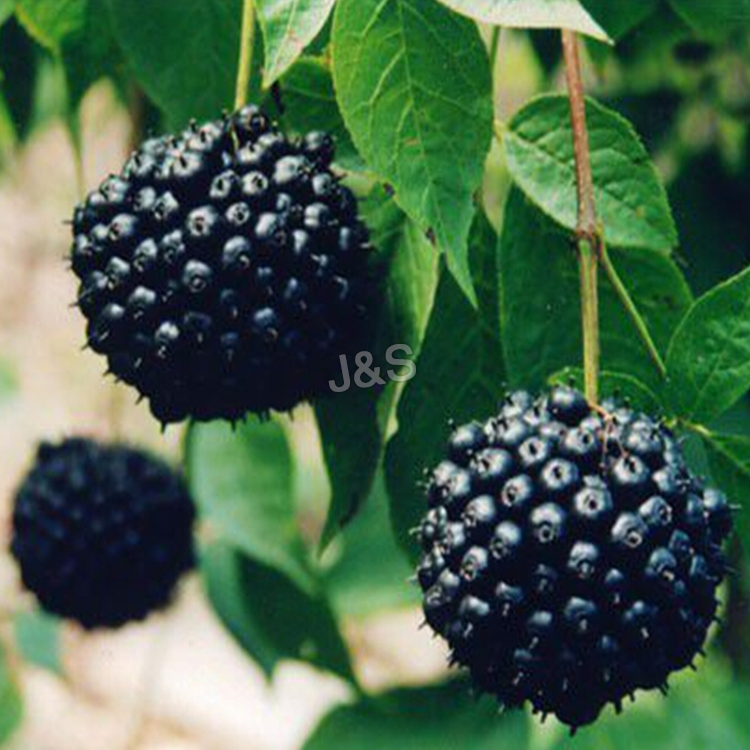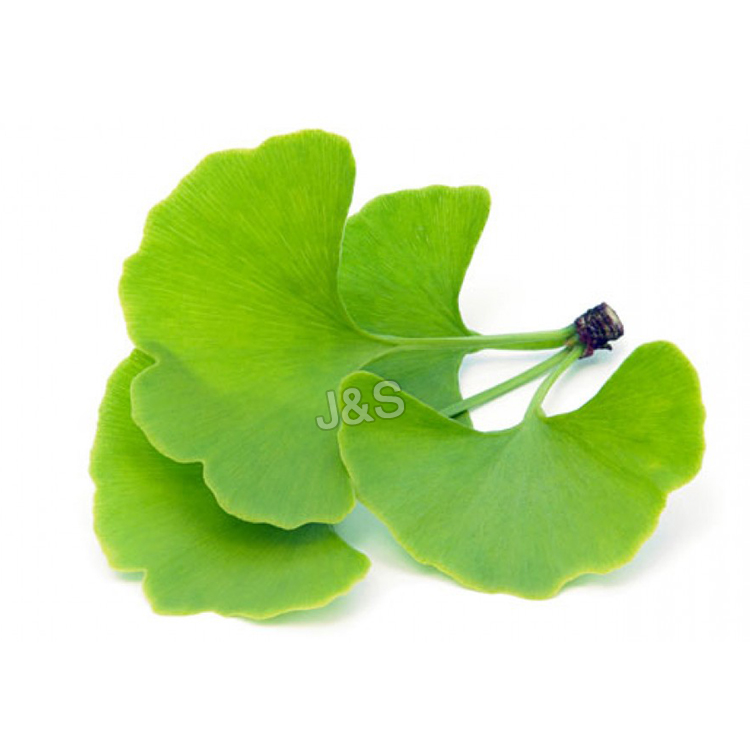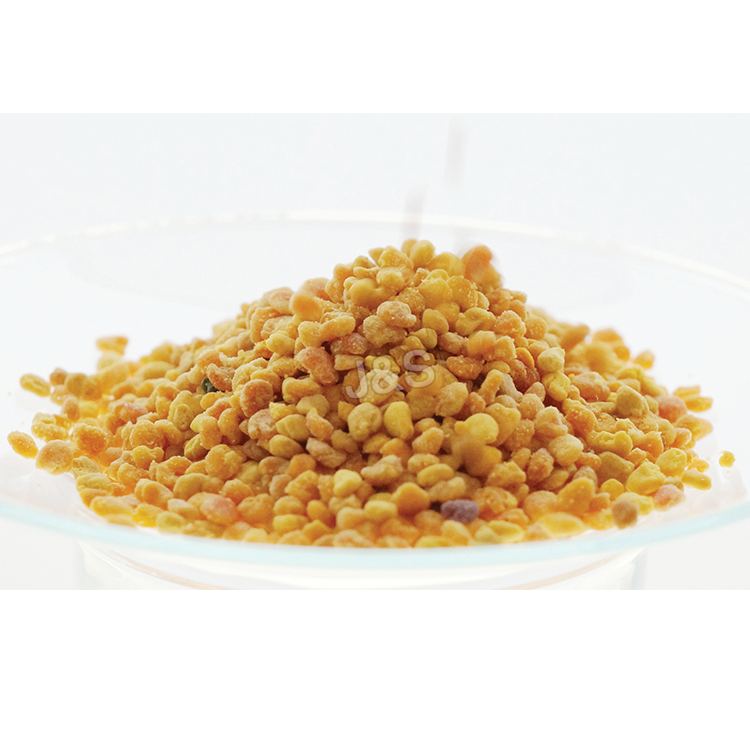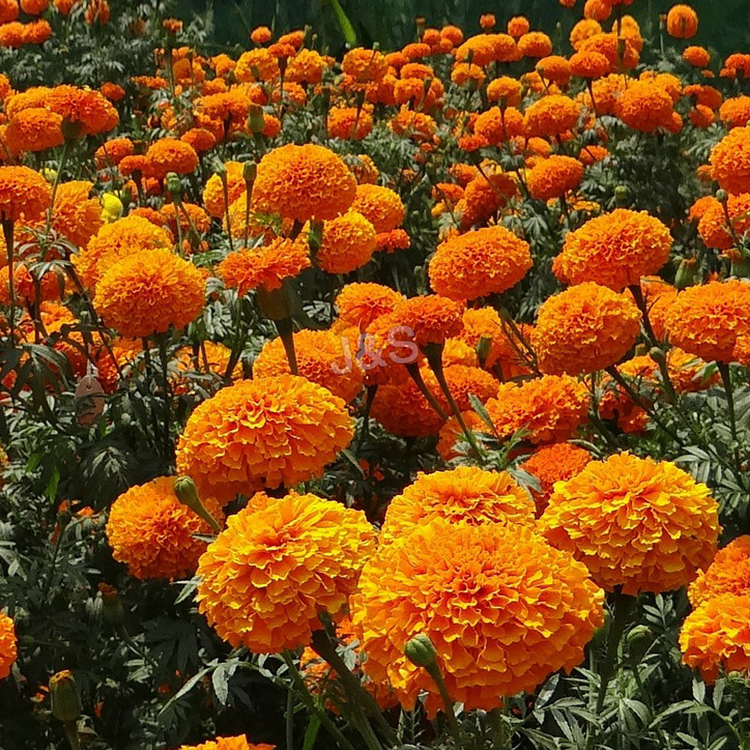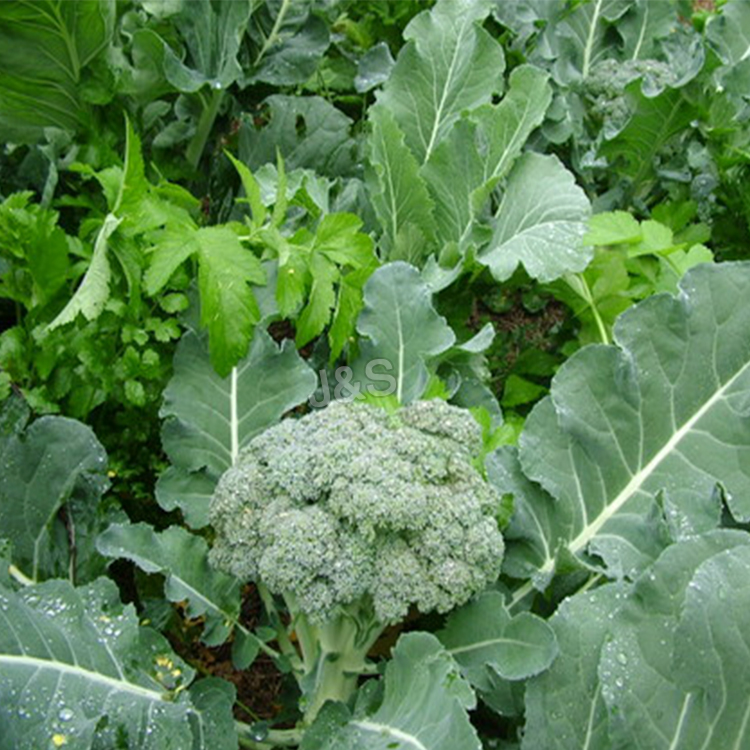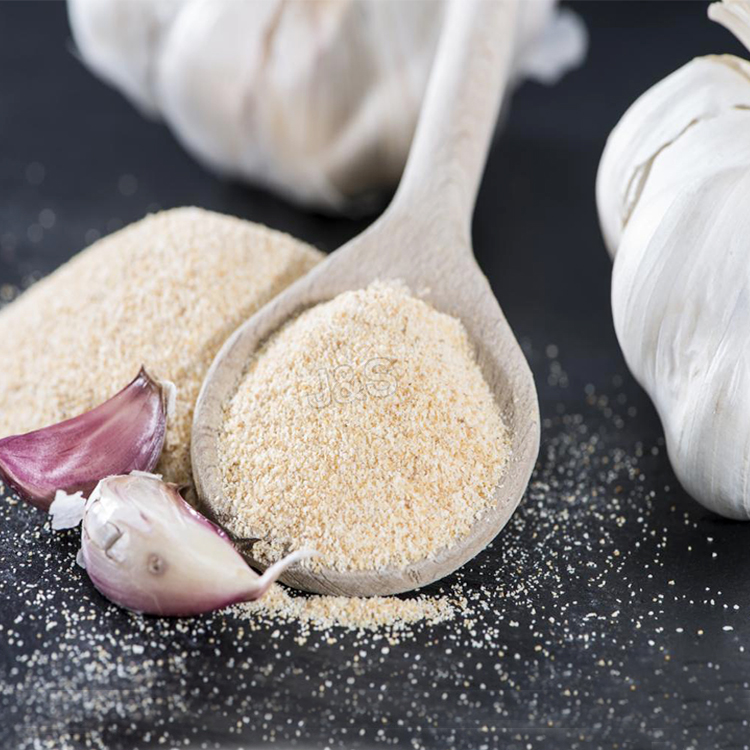Popular Design for Ginger Root Extract Factory from Gambia
Popular Design for Ginger Root Extract Factory from Gambia Detail:
[Latin Name] Zingiber Officinalis
[Specification] Gingerols 5.0%
[Appearance] Light yellow powder
Plant Part Used: Root
[Particle size] 80Mesh
[Loss on drying] ≤5.0%
[Heavy Metal] ≤10PPM
[Storage] Store in cool & dry area, keep away from the direct light and heat.
[Shelf life] 24 Months
[Package] Packed in paper-drums and two plastic-bags inside.
[Net weight] 25kgs/drum
[What is ginger?]
Ginger is a plant with leafy stems and yellowish green flowers. The ginger spice comes from the roots of the plant. Ginger is native to warmer parts of Asia, such as China, Japan, and India, but now is grown in parts of South American and Africa. It is also now grown in the Middle East to use as medicine and with food.
[How does it work?]
Ginger contains chemicals that may reduce nausea and inflammation. Researchers believe the chemicals work primarily in the stomach and intestines, but they may also work in the brain and nervous system to control nausea.
[Function]
Ginger is among the healthiest (and most delicious) spices on the planet.It is loaded with nutrients and bioactive compounds that have powerful benefits for your body and brain.Here are 11 health benefits of ginger that are supported by scientific research.
- Ginger Contains Gingerol, a Substance With Powerful Medicinal Properties
- Ginger Can Treat Many Forms of Nausea, Especially Morning Sickness
- Ginger May Reduce Muscle Pain and Soreness
- The Anti-Inflammatory Effects Can Help With Osteoarthritis
- Ginger May Drastically Lower Blood Sugars and Improve Heart Disease Risk Factors
- Ginger Can Help Treat Chronic Indigestion
- Ginger Powder May Significantly Reduce Menstrual Pain
- Ginger May Lower Cholesterol Levels
- Ginger Contains a Substance That May Help Prevent Cancer
- Ginger May Improve Brain Function and Protect Against Alzheimer’s Disease
- The Active Ingredient in Ginger Can Help Fight Infections
Product detail pictures:
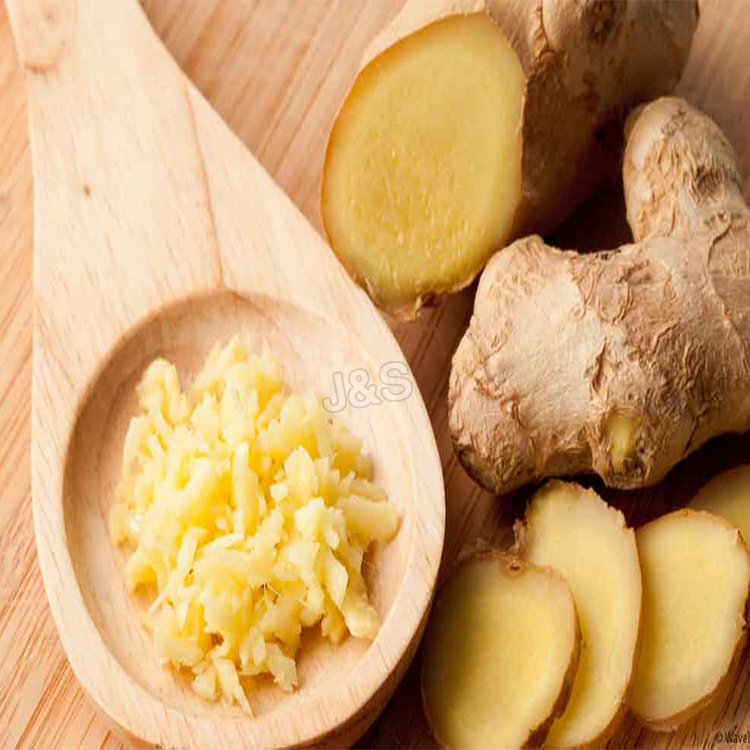
Related Product Guide:
We believe that long term partnership is a result of high quality, value added service, rich experience and personal contact for Popular Design for Ginger Root Extract Factory from Gambia , The product will supply to all over the world, such as: Malaysia, Guatemala, Cyprus, Since the establishment of our company, we have realized the importance of providing good quality products and the best before-sales and after-sales services. Most problems between global suppliers and clients are due to poor communication. Culturally, suppliers can be reluctant to question things they do not understand. We break down those barriers to ensure you get what you want to the level you expect, when you want it.
https://shakesspot.com/b5fx/force/ero-force/ – Order Yours Now!
Why Settle With Being Average?
As a man, our level of free testosterone can determine whether or not we reach our full potential. Increasing free testosterone has been shown to help improve drive, energy, strength and endurance. All things that help give you a youthful edge.
Spartagen XT was designed to help support your body’s own natural ability to produce healthy testosterone levels and Spartagen XT may help increase your performance both in and out of the bedroom. While no man likes slowing down – there’s now a natural way to keep your edge and perform at your best.
The Spartagen XT Difference
Spartagen XT uses a unique combination of natural ingredients that work by helping turn your natural production back ON — kickstarting it — so that your body experiences how to produce healthy levels of free testosterone again. Using potent herbal extracts, Spartagen XT is a safe and natural way to help stimulate your own body’s production of testosterone so you can feel young, strong and healthy again.
She Deserves To Have Your Best
It can be frustrating enough to lose your edge as a man but the problem can be further amplified when she begins to feel it too. Often times she won’t say anything — and may even play it down — but it’s something that can crush a man’s confidence and hurt your relationship.
Thankfully there’s a way to revive your performance which not only restores your confidence as a man but can put a smile back on her face. Spartagen XT is designed to keep your performance alive so when the moment comes, you have the vigor to rise up to the challenge every time.
With the benefits of free testosterone, it can help take the worry out of falling short when it matters most.
Take The Fight Into Your Own Hands
Growing older doesn’t mean slowing down. For guys who choose to stay sexually active while feeling and looking younger, increasing your level of free testosterone could be the answer. It’s estimated that well over 15 million men in the US suffer from low testosterone.
It’s time to “raise the bar” and start feeling the positive benefits of higher testosterone.
https://shakesspot.com/b5fx/force/ero-force/ – Order Your Bottle
============================================
https://youtu.be/fUoiUk32Jv8 – The Magic Bullet For Your Sex Drive
============================================
spartagen xt australia, spartagen, spartagen xt for sale, spartagen xt review, spartagen xt side effects, spartagen xt reviews, spartagen xt ingredients, spartagen xt scam, spartagen review, spartagen scam, is spartagen xt safe, spartagen xt amazon, spartagen xt gnc, spartagen xt testosterone, spartagen xt video, spartagen xt canada, spartagen xt uk, spartagen xt where to buy,
testosterone booster
low testosterone
male enhancement pills
testosterone supplements
how to increase testosterone
best testosterone booster
male enhancement pills, male enhancement pills australia, best male enhancement pill, male enhancement pills that work, best male enhancement pills, top 10 male enhancement pills, top male enhancement pills, the best male enhancement pills, enhancement pills, male enhancement pill, male enhancement without pills, buy male enhancement pills, do male enhancement pills work, male enhancer pills, top rated male enhancement pills,
testosterone pills
nitric oxide supplements
low testosterone symptoms
testosterone levels
increase testosterone
testosterone replacement therapy
low testosterone, low testosterone symptoms, low testosterone treatment, symptoms of low testosterone, low testosterone causes, signs of low testosterone, low testosterone levels, causes of low testosterone, effects of low testosterone, treatment for low testosterone, low testosterone test
testosterone boosters
natural testosterone booster
symptoms of low testosterone
testosterone therapy
testosterone side effects
best male enhancement pills
extenze
testosterone supplement, testosterone supplements, testosterone booster supplements, testosterone supplements for women, testosterone supplement effects, supplements to increase testosterone, testosterone supplements review, taking testosterone supplements, herbal testosterone supplements, testosterone supplementation, testosterone supplement reviews
testosterone gel
signs of low testosterone
natural testosterone boosters
foods that boost testosterone
testosterone cream
spartagen xt results, edge spartagen xt
https://endowmax.com/ Endowmax improves your performance in bed and enhances your erection. Endowmax’s unique formula allows you to improve blood flow and circulation, including blood flow into the erectile chambers of your penis during intimacy. As time passes this increased the flow of blood can enhance physical performance, including sexual stamina, in addition to improving blood flow and circulation. Taking Endowmax daily will help you enhance blood flow so you’re able to have stronger erections, greater stamina, along with a more satisfying love life. A lot of men report a visible rise in erectile fullness and firmness in just a few weeks. There aren’t any annoying and inconvenient weights, no tough and time-consuming exercises or painful and hard to use pumps, and no risky surgery involved. In just a couple of weeks you can start to savor the confidence and control that will help you to drive women crazy. With Endowmax, you’re always ready for action.
Company director has very rich management experience and strict attitude, sales staff are warm and cheerful, technical staff are professional and responsible,so we have no worry about product,a nice manufacturer.


